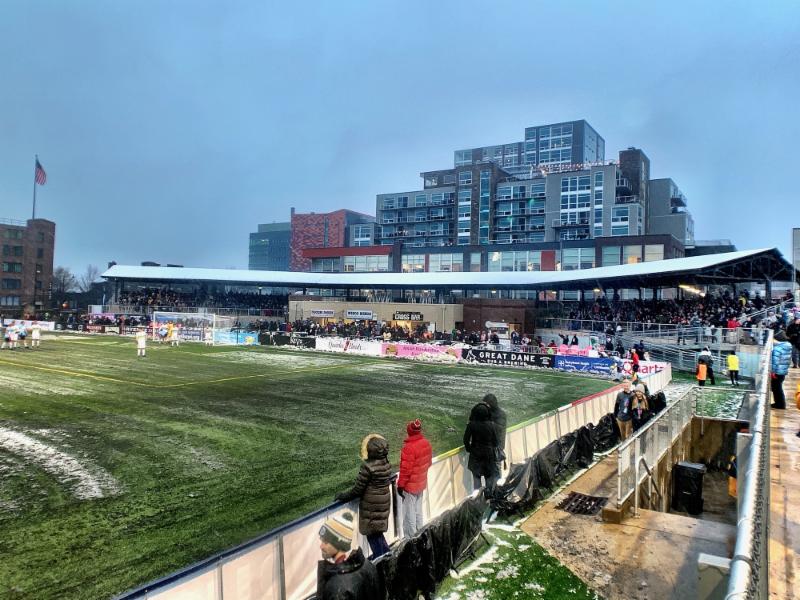
The launch of USL Championship and USL League One in 2019 has created some interesting facilities challenges, as teams look to create a stadium identity. With Madison’s Breese Stevens Field, home of USL League One’s Forward Madison FC, there’s a clear model for both leagues to follow.
Forward Madison FC launched this year as part of the inaugural USL League One lineup. With some brilliant marketing focused on the fan experience, Forward Madison FC has seen two strong crowds to date and should post plenty of sellouts the rest of the season. Ownership controls both the venue and the team (led by industry veteran Peter Wilt), and we’re guessing the League One franchise is already putting up some USL Championship-level revenue numbers, based on the gameday lines at the concession stand, the strong value-added group and all-inclusive ticket sales, and the abundance of pink flamingos merch found throughout Madison. (Why flamingos? Interesting backstory to the team name and branding. The Wisconsin state motto is Forward. Additionally, there is a Daniel Chester French statue atop the Wisconsin State Capitol: a woman with a badger on her head. The name of the statue is “Wisconsin,” but it’s more informally known as Lady Forward. And the flamingos are tied to an odd tradition at the University of Wisconsin, where plastic pink flamingos greet students when they return to campus each fall, a tradition launched in 1979 and repeated ever since.)
To say that Forward Madison is the result of a perfect storm is an understatement. Big Top Events is a veteran operator of summer-collegiate teams in Madison (the top draw in all of summer-collegiate baseball), Kenosha, Wisconsin Rapids and Green Bay, so the gameday ops experience is there. The company was already managing Breese Stevens Field the past two years, working with the city on upgrades (including a new synthetic pitch) and scheduling a multitude of events and concerts ranging from The Steve Miller Band (a local favorite) to Greta Van Fleet.
And Breese Stevens Field is a unique entity—a unicorn for pro soccer facilities. Located on the edge of downtown Madison and an easy walk from the Capitol, Breese Stevens Field opened in 1925. It was upgraded in 1934 as part of the Civil Works Administration. Along the way it was home to Minor League Baseball teams, most recently in 1982, hosting the Madison Muskies Midwest League team before the opening of Warner Park.
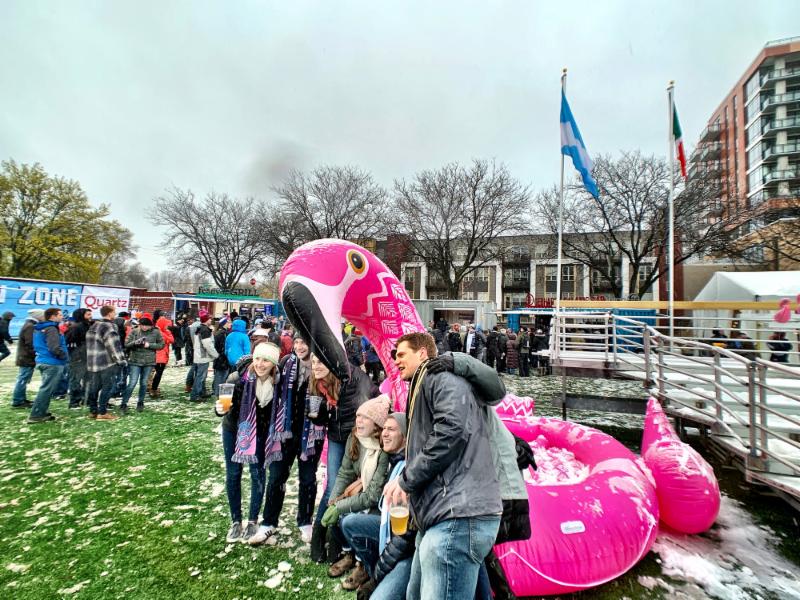
Despite the history as a baseball ballpark, Breese Stevens Field was originally set up as an athletic field for football and track and field, occupying two full city blocks with a grandstand on the south end, stands on the west end and plenty of room on all sides of the field. That space is used well in its transformation as a pro-soccer venue, as Big Top used its ballpark experience to create a number of discrete seating areas at a variety of price points and offerings.
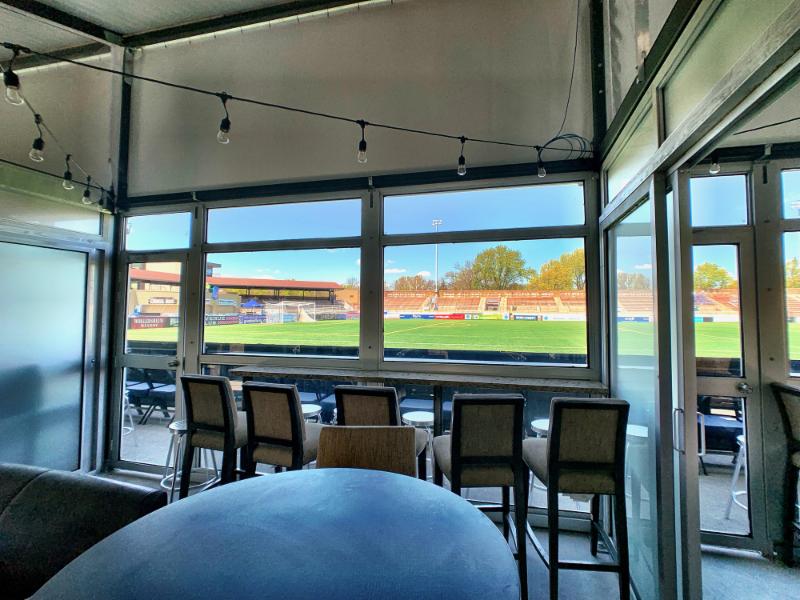
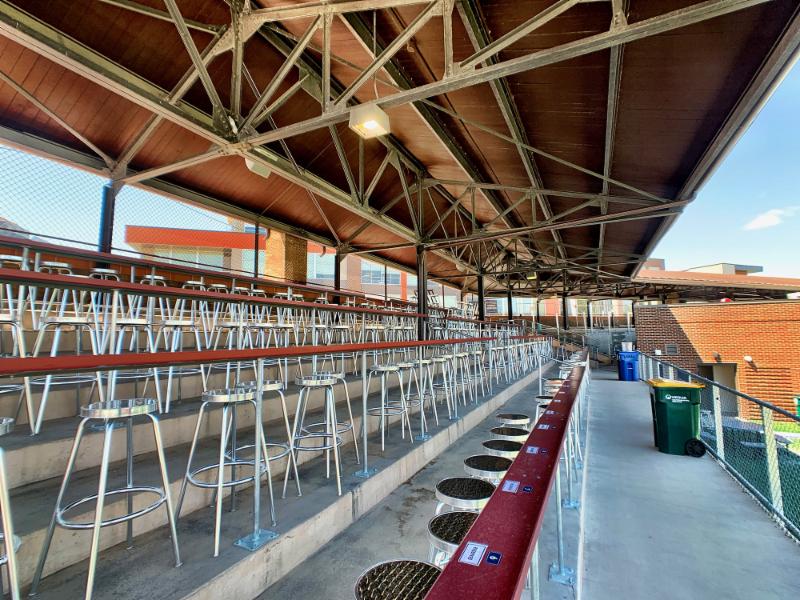
These offerings range from suites on the east side of the pitch, with outdoor seating running right along the edge of the field of play, fronting climate-controlled indoor spaces. On the south side, the old covered grandstand has been upgraded with bar stools and drink rails as part of an all-inclusive ticket. A new building in front of the grandstand adds some sorely needed restrooms as well as food and drink concessions. Above it: a rooftop all-inclusive area. Along the pitch: four tops as part of a beer garden.
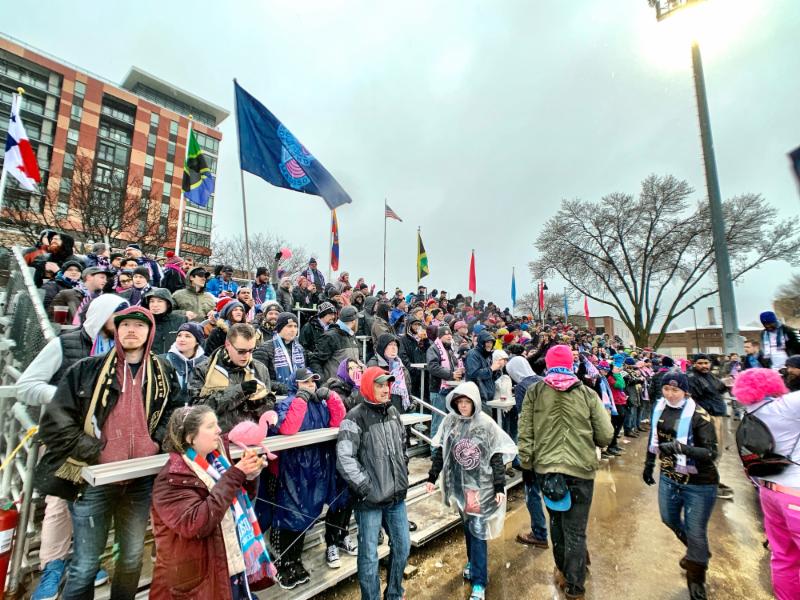
And on the north end: the obligatory supporters section, mostly crammed during the first two home matches, where the standing crowd were led in a series of cheers and songs. Next to it is another group seating area; behind it are popup food and merch stands, as well as a kids’ play area.
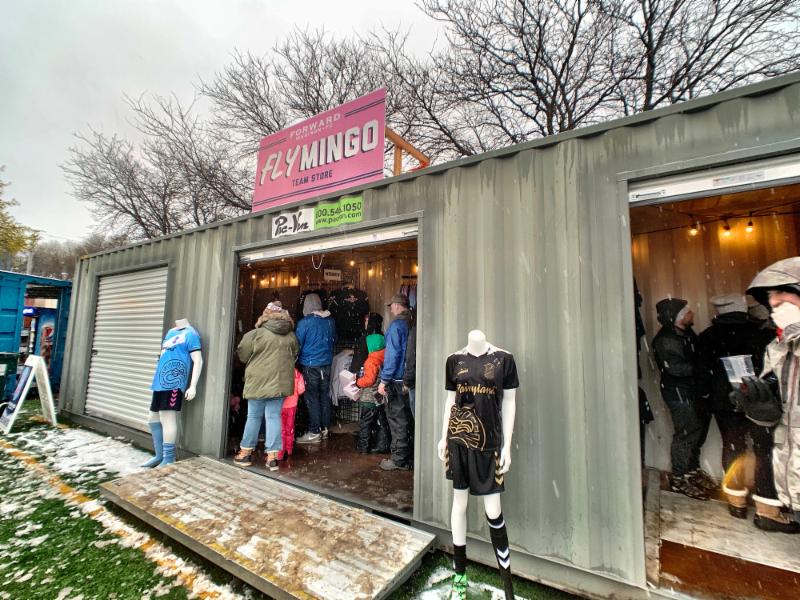
Really, the only traditional seating area runs along the west side of the pitch and under half of the covered grandstand. And even that has been upgraded for the season, with chairback seating replacing bleacher seating at midfield.
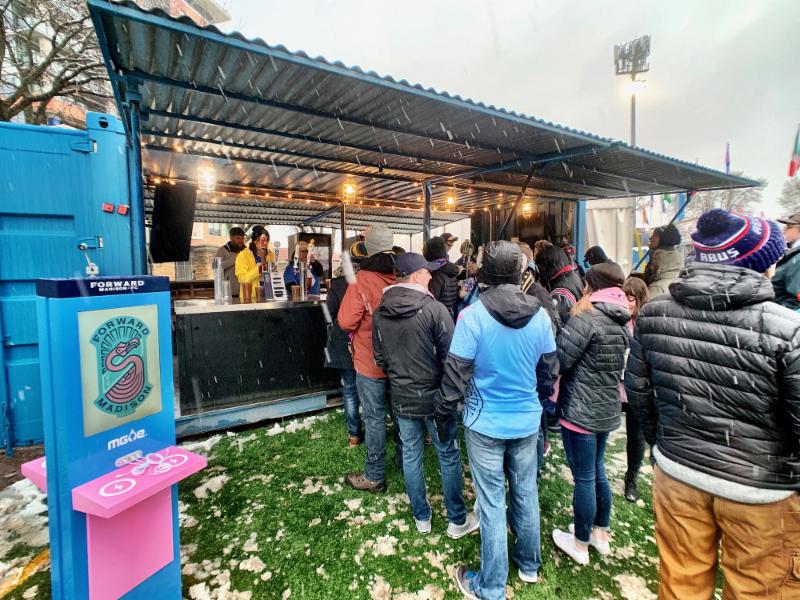
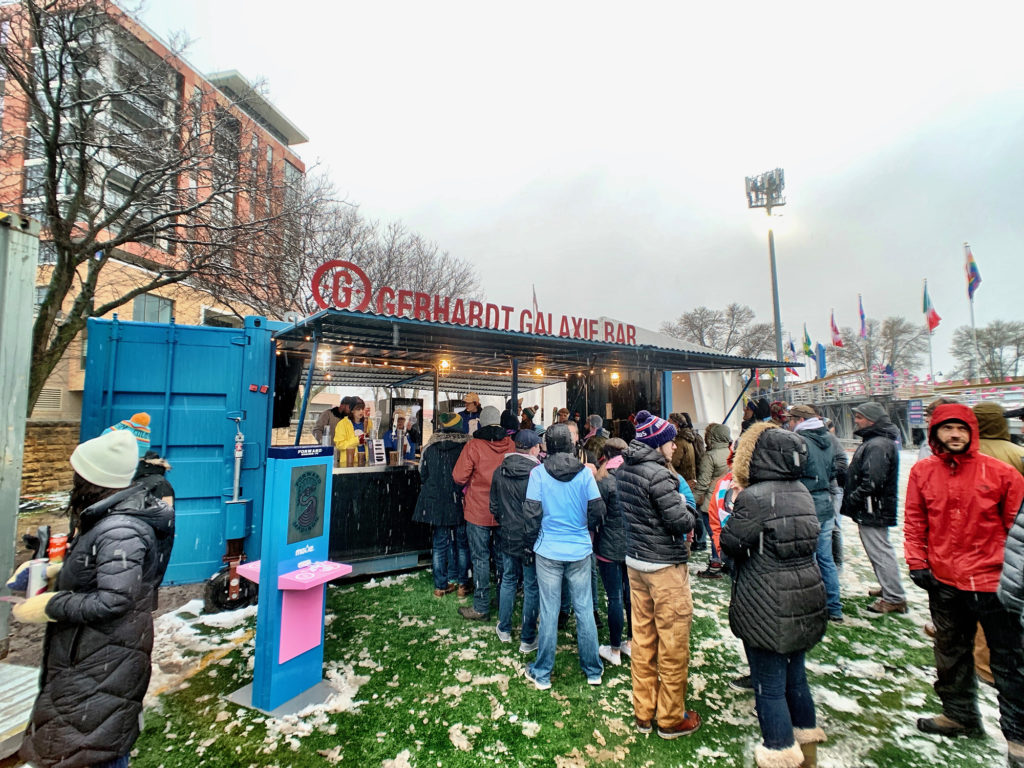
There has been a debate in soccer-stadium design over the years as to what fans really want. The European model has been putting fans high above the action so they can see the entire field. But that model has been challenged by American architects and operators, who say U.S. fans want to be close to the action. At Allianz Field, the farthest seats from the pitch are only 125 feet from the sideline, and the seating is set to be just as intimate at the new FC Cincinnati Stadium. The majority of seats at Breese Stevens Field are close to the action, with plenty of upscale spots right on the sideline. We mentioned suites and the beer garden; on the west side there is a single row of preferred padded seats between the bleachers and the field, on either side of the benches, with an old baseball dugout now serving as a dedicated bar for this space. It’s all about being close to the action.
Right now there doesn’t seem to be a clear model of what a USL Championship or USL League One stadium should look like. Phoenix Rising has seen success at Casino Arizona Field, which is basically a pop-up stadium, and we’ll be eager to see how a renovated Dillon Stadium turns out as home to Hartford Athletic. But as more soccer-specific venues launch in coming years, taking a few cues from Breese Stevens Field—an intimate experience that places fans close to the action, with plenty of value-added all-inclusive spots—would be an excellent idea. True, not every market has a unique downtown facility just waiting for some TLC like Breese Stevens Field was. But the lessons learned in creating a soccer experience at Breese Stevens Field can be applied to any ambitious operator.
